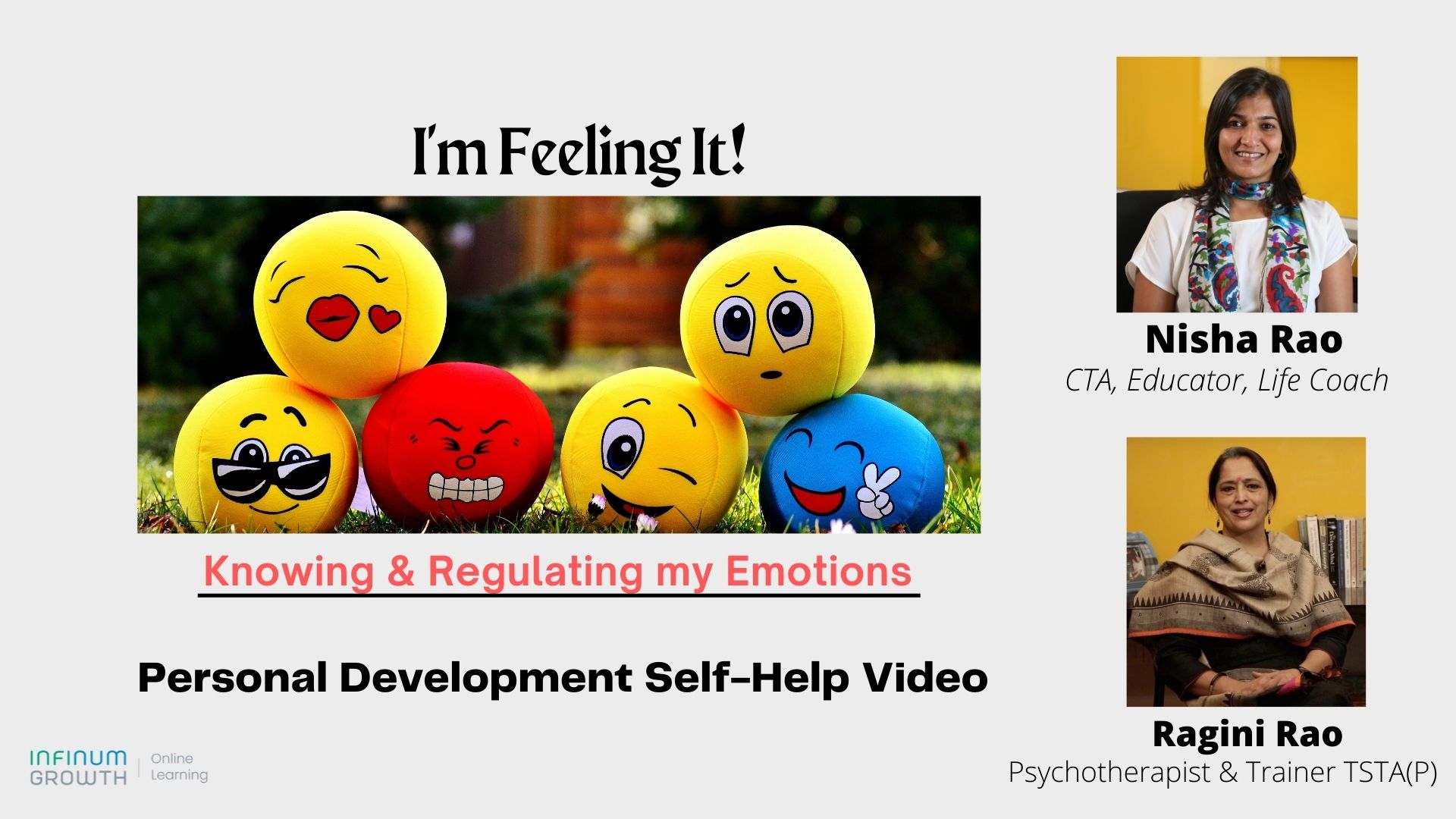During the last 100+ years, every decade or so, a new technology has burst into the world, putting innovative minds into high gear and transforming our lives.
Early part of the 20th century saw the rise of military and commercial aviation. The post WWII decades saw the growth and ubiquity of television as well as other home appliances, that made household chores more efficient, as women increasingly went out and built careers of their own.
The 1990s and 2000s were defined by a telecommunications revolution, with the commercialization of the Internet, the spread of wireless technology, introduction of smartphones to Consumers and an explosion of apps that transformed not just how we communicate with each other but also how commerce is conducted.
Technology revolutions can evoke fears and uncertainties
With the introduction of almost every new technology, there has been fear and trepidation toward potential downside consequences, resulting not just from lack of adequate knowledge but sometimes, ironically, even from the vast opportunity the technology presents.
Invariably, there follows an abuse of technology by rogue characters and an over-emphasis of the negative risks in the media, many times justifiably so. But with time, as the government policy-makers wake up and collaborate with industry to place boundaries and guard rails for using the technology, the population at large has benefitted, resulting in acceptance and comfort, and driven further innovation.
Latest Technology Wave – Artificial Intelligence
About 20+ years into the telecommunications revolution, we are now at the cusp of yet another technological wave – the era of Artificial Intelligence is finally taking off after a couple decades of academic research, lab trials and niche industrial applications at play.
There is tremendous excitement and everyone, from the Silicon Valley entrepreneurs to school children, are racing to develop and use applications such as ChatGPT. For many of us, it is dizzying, intimidating and outright scary!
The Data scientists and AI engineers are hard at work developing and evolving the technology. But the rest of us, as consumers and professionals, can cautiously dip our toes while waiting and watching for some level of stability.
In the corporate and professional arena, do not miss out on the excitement – encourage calculated and sensible risk-taking and innovation!
Surfing the AI wave – some tips for businesses
Previous technological transformations offer the following valuable navigational guidelines for businesses to benefit from the early-growth stages.
- Provide employees with dedicated time to explore, research and think about challenges they face in their day-to-day operations and how this new technology could potentially be leveraged for solutions.
- Set up ideation sessions within your teams where everyone can participate without fear of ridicule. Assign a lead facilitator that is not necessarily seasoned in the operations, hence avoiding the “entrenchment bias”. While a significant majority of ideas might fail, there are inevitably a few that will transform the way some aspects of the way business are conducted. Every idea need not turn things over completely; sometimes, even small incremental improvements make a difference in the long run.
- Drive collaboration with partner teams and customer-facing organizations for an external perspective and viability of proposals.
- Debate the pros and cons of each ideated solution (e.g. Is the problem it is trying to solve critical to the business? Is the proposed solution too complex to develop and can you identify the skills and tools needed to do so? Can you quantify the benefits and weigh them against the cost to develop and maintain the solution? Does it provide a competitive advantage?)
- Have the team vote and rank order the ideas based on the pros and cons.
- Select the top 2-3 ideas and develop a business case to obtain or allocate the necessary funding to develop the solution.
- Develop quick prototypes and test within a smaller, contained setting before embarking on a massive scalable product.
While experimenting with new technology, be alert to the evolving nature of this technology and how others within and outside the business might be utilizing it.
Do not be afraid to adapt and alter course as needed. An often-observed pitfall is the lack of flexibility in the process, leading to the development of a solution that might be rendered obsolete as soon as it is produced and ready for launch.
Be curious, bold and innovate; but continue to educate yourselves and stay abreast of the evolution!
Please do leave your comments at the bottom and do share with others if you like this article.



















Excellent approach with practical guidelines. Enjoyed reading the thought provoking analysis.
This reply is not auto generated by AI.